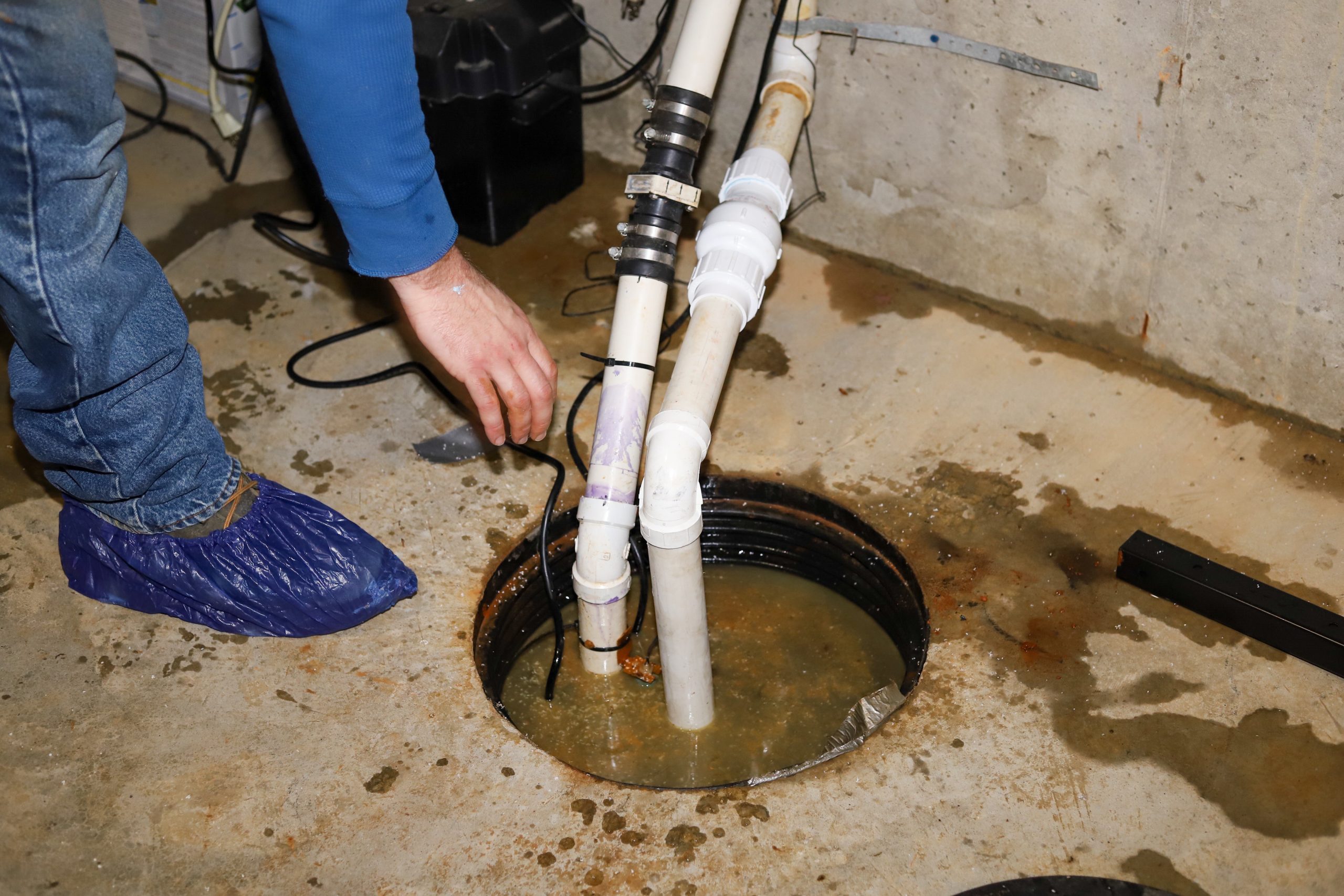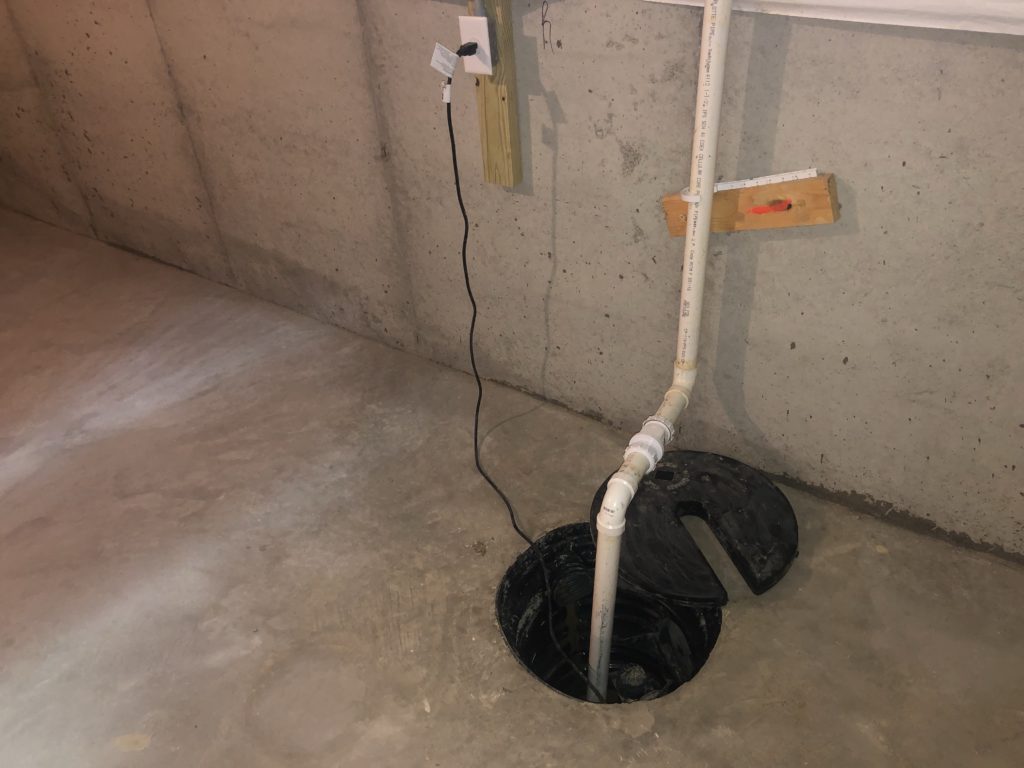Clear Tips for Taking Care of Your Sump Pump
Clear Tips for Taking Care of Your Sump Pump
Blog Article
This article in the next paragraphs about Steps to Cleaning Your Sump Pump Properly is pretty much motivating. Don't skip it.

Sump pumps are critical parts in numerous homes, particularly in areas prone to flooding or too much wetness. They aid avoid water damages by effectively getting rid of excess water from cellars or crawl spaces. However, like any other device, sump pumps need regular upkeep to ensure they operate efficiently when required one of the most. Cleansing your sump pump is an important part of its upkeep, and understanding exactly how to do it appropriately can save you from costly repair work and possible calamities.
Intro
Preserving a tidy sump pump is vital for its correct performance and long life. Ignoring this crucial job can result in blockages, breakdowns, and eventually, water damages to your property. For that reason, finding out exactly how to cleanse a sump pump is important for home owners who rely upon these gadgets to maintain their cellars completely dry and safeguarded.
Indicators of a Dirty Sump Pump
Recognizing when your sump pump needs cleansing is crucial for avoiding potential malfunctions. Some usual indicators that indicate an unclean sump pump include strange noises during operation, decreased water circulation, and noticeable debris in the pit. If you discover any one of these signs, it's important to cleanse your sump pump without delay to stay clear of any kind of additional concerns.
Getting ready for Cleansing
Prior to you begin cleansing your sump pump, it's necessary to take some safety and security preventative measures. Begin by turning off the power to the pump to avoid any type of electric mishaps. In addition, put on proper safety gear, such as gloves and safety glasses, to secure yourself from dirt, debris, and prospective virus.
Comprehending the Sump Pump
Before diving into the cleansing procedure, it's vital to have a fundamental understanding of just how a sump pump works. Typically set up in a pit or basin listed below the cellar floor, a sump pump includes numerous crucial components, including a pump, a float button, and a discharge pipeline. When water gathers in the pit, the float button triggers the pump, which then pumps the water out through the discharge pipe, away from the structure's structure.
Detailed Guide to Cleansing a Sump Pump
Shutting down the Power
Begin by detaching the power supply to the sump pump to prevent any type of crashes while cleansing.
Checking for Proper Functioning
Before reinstalling the pump, execute a quick examination to ensure that the float switch turns on the pump properly. Put some water into the sump pit and observe the pump's procedure. If whatever is functioning properly, you can reassemble the pump and reconnect the power supply.
Removing Debris and Dirt
Use a container or a scoop to eliminate any kind of visible particles, dirt, or debris from the sump pit. Dispose of the debris properly to avoid it from blocking the pump or the discharge pipe.
Cleaning the Pump and Float Change
When the pit is clear of debris, very carefully eliminate the pump from the pit. Examine the pump and the float button for any type of indicators of damage or wear. Utilize a soft brush or cloth to cleanse the surface areas and get rid of any type of gathered grime.
Flushing the System
After cleansing the pump and float switch, flush the sump pit with tidy water to eliminate any remaining dust or debris. This will certainly help ensure that the pump runs smoothly and efficiently.
Maintenance Tips to Keep Your Sump Pump Clean
In addition to periodic cleaning, there are a number of upkeep tips you can comply with to maintain your sump pump in optimal problem:
Final thought
Cleaning your sump pump is an important facet of its upkeep and ensures that it runs successfully when you require it one of the most. By adhering to the actions outlined in this guide and incorporating normal upkeep into your regimen, you can extend the lifespan of your sump pump and protect your home from water damages.
6 STEPS ON HOW TO CLEAN A SUMP PUMP PROPERLY
UNDERSTANDING SUMP PUMPS
Your sump pump plays a crucial role in protecting your home by managing and removing excess water. It primarily functions as a “shield”, guarding your basement against the damaging effects of water accumulation. The pump is housed in a sump pit in the lowest part of your basement, and its job is to pump out any water that collects there.
During heavy rainfalls or when snow melts rapidly, water can infiltrate your basement, posing potential risks like flooding, structural damage, and harmful mold growth. Here, the sump pump springs into action, pumping out the intruding water and directing it away from your home.
SAFETY FIRST
Before cleaning, remember to prioritize safety. Disconnect the sump pump from the power source to prevent any accidental electric shocks. Also, wear sturdy gloves to protect your hands from any sharp or dirty components within the pump.
REMOVE THE SUMP PUMP
After ensuring your safety, the next step is to remove the sump pump from its pit. Doing this might require careful maneuvering as you don’t want to damage any pump components. Once removed, clean the sump pit to remove any accumulated debris or sludge.
INSPECT THE PUMP
Inspect the pump for any visible signs of wear or damage. Check the power cord, float switch, and impeller housing. If any components look worn out or damaged, consider replacing them to ensure optimal performance.
CLEAN THE PUMP
Thoroughly clean the pump with warm, soapy water. Make sure to rid it of any dirt, gravel, or other debris that might impede its performance. You can use a toothbrush to clean the small, hard-to-reach parts of the pump.
REINSTALL THE SUMP PUMP
Reinstall the pump into the sump pit Make sure it’s positioned correctly to remove the water effectively Once it’s back in place, reconnect it to the power source TEST THE PUMP
Finally, pour some water into the pit to ensure the pump works correctly. It should start automatically and begin pumping out the water; if it doesn’t, check the power source and the positioning of the pump.
Remember, while cleaning your sump pump is an essential part of home maintenance, hiring a professional plumber for a thorough inspection and cleaning at least once a year is also important. This will ensure that your pump is in optimal condition, ready to protect your home from potential water damage.
BEST PRACTICES FOR CLEANING SUMP PUMP DISCHARGE PIPES
Regular Inspection: Regularly inspect your discharge pipes, especially during heavy rainfall or snowmelt periods. Look for any signs of blockage or damage. Early detection of problems can prevent serious issues down the line. Periodic Cleaning: Over time, sediment and debris can accumulate in the discharge pipes, impeding the flow of water. Regular cleaning helps keep the pipes clear and functioning efficiently. You can use a high-pressure water jet to effectively clean the pipes. Insulation During Winter: In colder climates, discharge pipes can freeze, blocking the outflow of water. Protect your discharge pipes from freezing temperatures by insulating them with foam pipe insulation. This will ensure the sump pump can continue to discharge water even in freezing conditions. Proper Positioning: The discharge pipe should be positioned to direct water away from your home’s foundation. Improper positioning can lead to water seeping back into the basement. Ensure the pipe is long enough and angled correctly. Installation of a Check Valve: A check valve prevents water from flowing back into your sump pit after the pump has pushed it out. Installing a check valve helps maintain the efficiency of your sump pump and reduces the risk of flooding. Minimize Pipe Turns: Every curve or turn in the discharge pipe can decrease the efficiency of water flow. By minimizing turns and bends in your discharge pipe, you can increase the efficiency of your sump pump. https://www.fullspeedplumbing.com/how-to-clean-a-sump-pump-properly9999/

As a devoted reader about Cleaning & Maintenance Tips for Your Home's Sump Pump, I was thinking sharing that excerpt was smart. Make sure you take a moment to promote this article if you appreciated it. Many thanks for being here. Revisit us soon.
Call Today Report this page